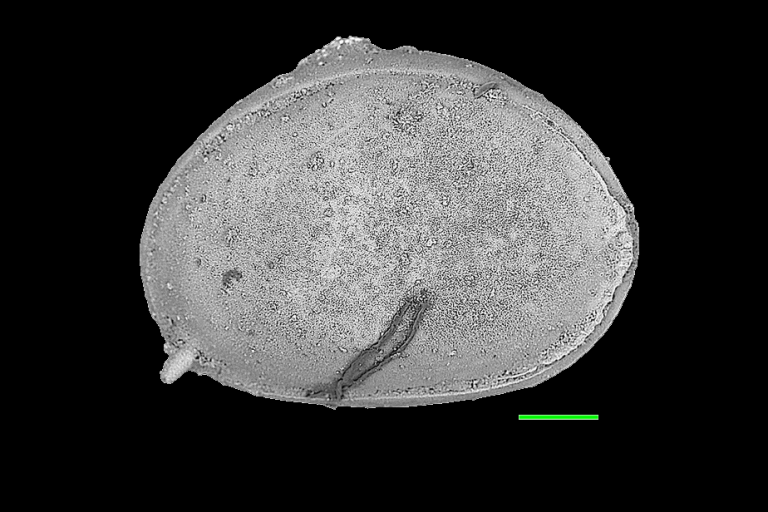Crises and palaeobiodiversities

Rotalipora cushmani (Acquisition AST-RX)

Rotalipora cushmani (Acquisition AST-RX)
The research conducted within the PalPal team aims to describe the response of different marine or continental ecosystems to environmental crisis events.
Geographical areas: Algeria, Germany, China, Spain, United States, France (Alpes de Haute-Provence, Aquitaine Basin, Jura, Paris Basin), Italy, Lebanon, Indian Ocean and Pacific Ocean.
Biodiversity varies according to the evolution of environmental conditions and the history of the Earth. The response of ecosystems depends on the environment and environmental factors. The critical intervals of paleobiodiversity variations correspond to minor to moderate crises (such as oceanic anoxic and hyperthermal events) to mass extinctions (Finite-Devonian crisis, Permian-Triassic crisis, Triassic-Jurassic crisis, Cretaceous-Paleogene crisis) but also to periods of recovery and rediversification. Thus, between each crisis, biodiversity reinvents itself, in what we call recovery periods that remodel the structure of ecosystems.

Ichthyosarcolites triangularis (rudiste), Ile d’Oléron (Charente-Martime), Cénomanien.

Rotalipora cushmani (Acquisition AST-RX)

Rotalipora cushmani (Acquisition AST-RX)

Nummulites planulatus (projet ATLAS 3D - Acquisition AST-RX)

Porosité interne de Orbulina universa (Pliocène Sicilien).

Nannofossiles coincés dans les pores des foraminifères.
The research conducted within the PalPal team aims to describe the response of different marine or continental ecosystems to environmental crisis events. This research covers different time periods.
Paleoecological approaches at the highest possible resolution are favored in order to constrain as finely as possible the estimation of environmental variations and their impacts on paleobiodiversity whatever the period of study and the taxa studied (bryozoans, conodonts, echinoderms, benthic and planktonic foraminifera, ostracods, rudist).
Very detailed biostratigraphic work is developed to fill the data gaps necessary to understand the “tempo” and “mode” of extinctions and radiation.
Quaternary and present day data are used to calibrate paleoenvironmental reconstruction tools used in crisis studies for more refined paleobiodiversity estimation and paleoceanographic reconstruction. In particular, the response of foraminifera to volcanic pollution, anoxia, or oceanic acidification will be tested.
The recovery phases from the Triassic and the establishment of trophic chains in the oceans during the Mesozoic are the first steps in the organization of modern ecosystems at the heart of the laboratory’s concerns.

Vue externe d'une valve droite de Carinobairdia cabralae Forel n. sp. qui provient du Carnien (Trias supérieur) de Chine.

Vue externe d'une carapace complète de Hungarella retorta Kristan-Tollmann, 1971 qui provient du Carnien (Trias supérieur) des Alpes.

Lophidiaster sp., plaque marginale d'étoile de mer, Cénomanien, Mézières-sur-Ponthouin, Sarthe.

Onychocella girondina, détail d'une colonie de bryozoaire, Campanien, Guimps, Charente.

Le GSSP (Global Stratotype Section and Point) de la Limite Permien – Trias à Meishan (Chine orientale).

Différentes phases d'extinction et récupération chez des ostracodes lors des événements de la limite Permien – Trias (Crasquin & Forel, 2013, ESR).